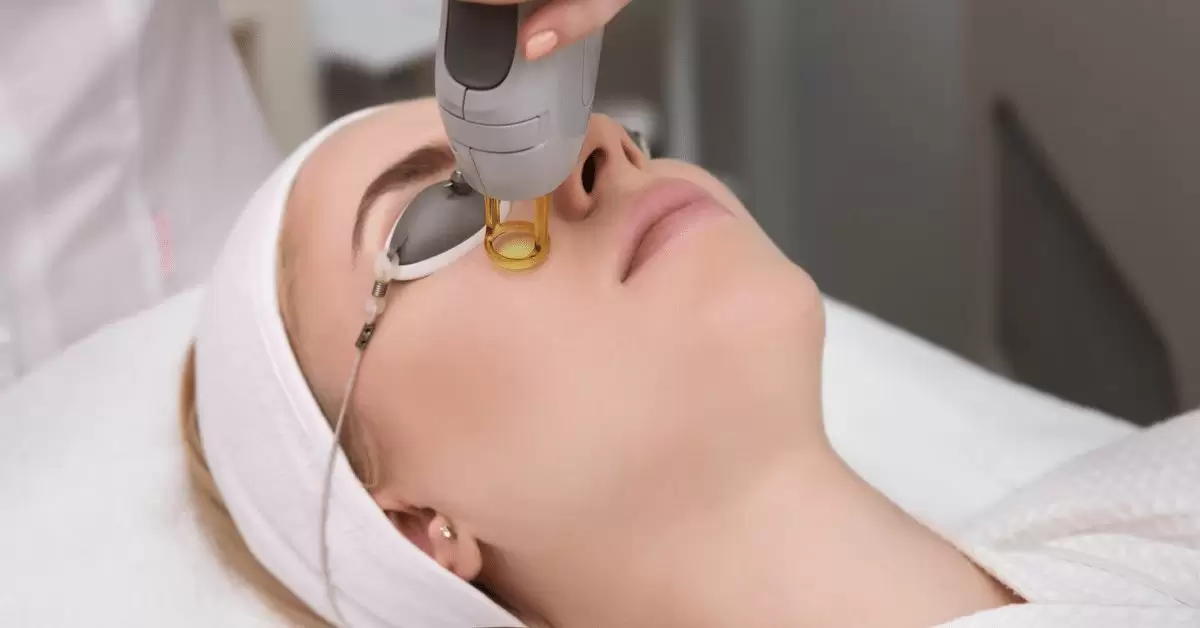Immediately After PRP Injection
Keep your injection site clean, dry, and covered with a Band-Aid the day of your procedure. You may shower at any time. You may experience some localized swelling or bruise at the injection site that may take 3-7 days to resolve.
Avoid ice to the injection site/joint if possible. Some swelling is normal and part of the inflammation/healing process.
About 1 out of 20 patients will experience a post-injection flare due to their immune system being hyper-stimulated. This may cause significant pain and swelling and typically resolves in just a few days. If needed due to swelling or intense pain you may apply ice to the injection site/joint for 20 minutes every 2-3 hours. You might also need to take pain medication such as Tylenol, Tramadol, or Vicodin.
Do not use any prescription or over-the-counter anti-inflammatory medicines such as Motrin, Advil, Ibuprofen, Aleve, Naprosyn, Naproxen, Voltaren, Diclofenac, Meloxicam, Mobic, or Celebrex for 4 days before AND 7 days after the procedure. Ideally, we would like you to avoid the use of these medications for 6 weeks after your procedure.
Aspirin is a weak anti-inflammatory so does not interfere as much with the PRP process. If possible stop aspirin unless it is needed for heart or other conditions.
Prednisone or any other corticosteroid medications must be discontinued 2 weeks prior to and 4 weeks after PRP injections.
Contact your practitioner if you develop excess pain, drainage from the injection site, bleeding, or fever, if another physician would like to put you on a new medication or if you are not sure if a medication should be taken.
You may drive home from the procedure if you had an upper extremity injection and drive an automatic transmission. It is strongly recommended that if you have a lower extremity procedure, you have someone drive you home.
Activity After PRP Injection
For 2-3 days after your injection, rest and avoid all activity other than minimal daily living requirements (bathing, dressing, cooking, etc). Avoid as much walking if injected in the hip, knee, ankle, or foot. Use crutches if you can’t walk without discomfort.
For 1-2 weeks after your injection, avoid strenuous activity. For upper extremity procedures such as injections into the shoulder, elbow or wrist do not do any repetitive motion, lifting, pulling, pushing, or grasping with the arm. For lower extremity procedures such as injections into the hip, thigh, knee, ankle, or foot, avoid prolonged walks, hikes, or running.
After 2 weeks return to normal activity but avoid things that cause increased pain in the injected areas.






